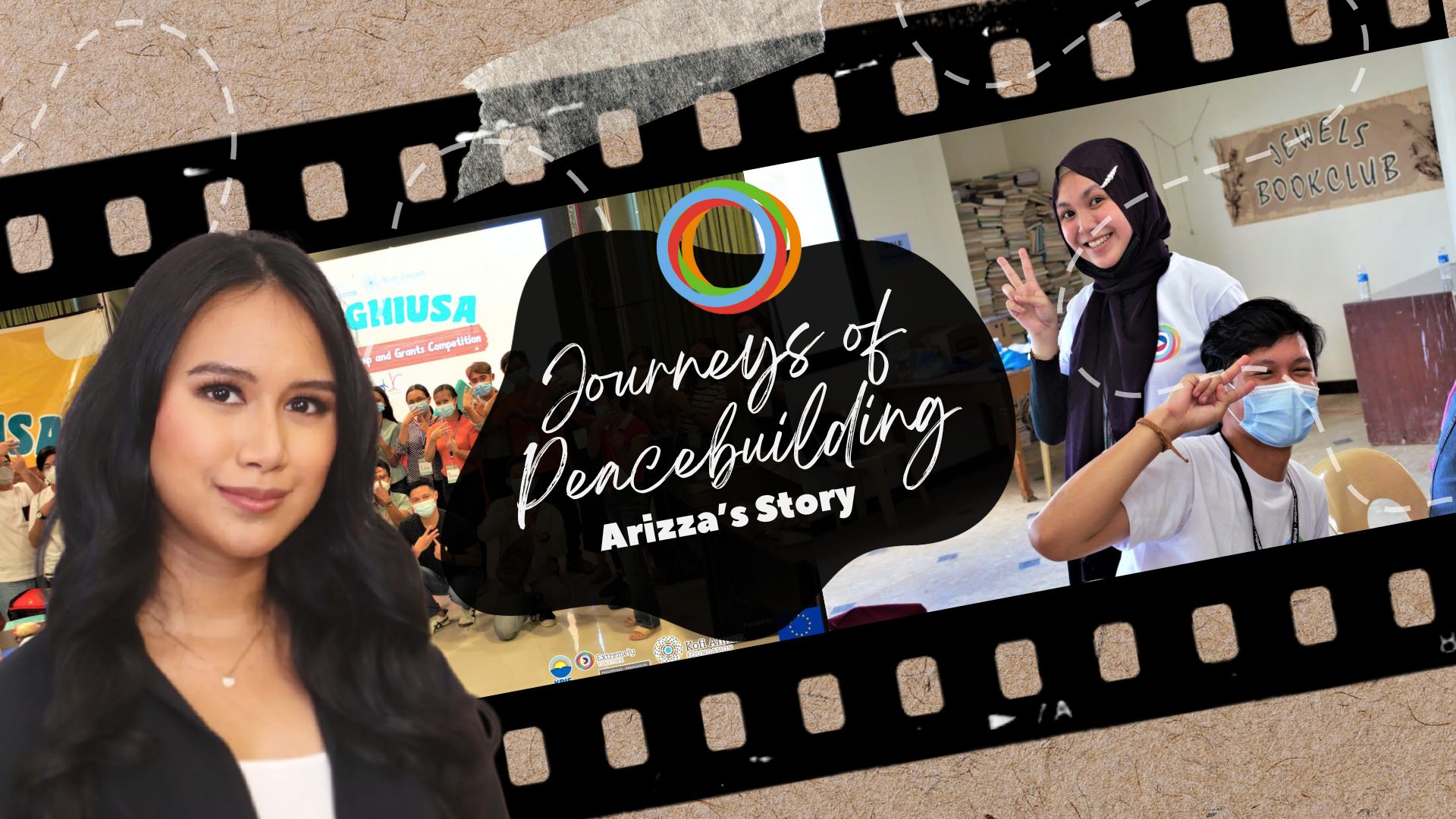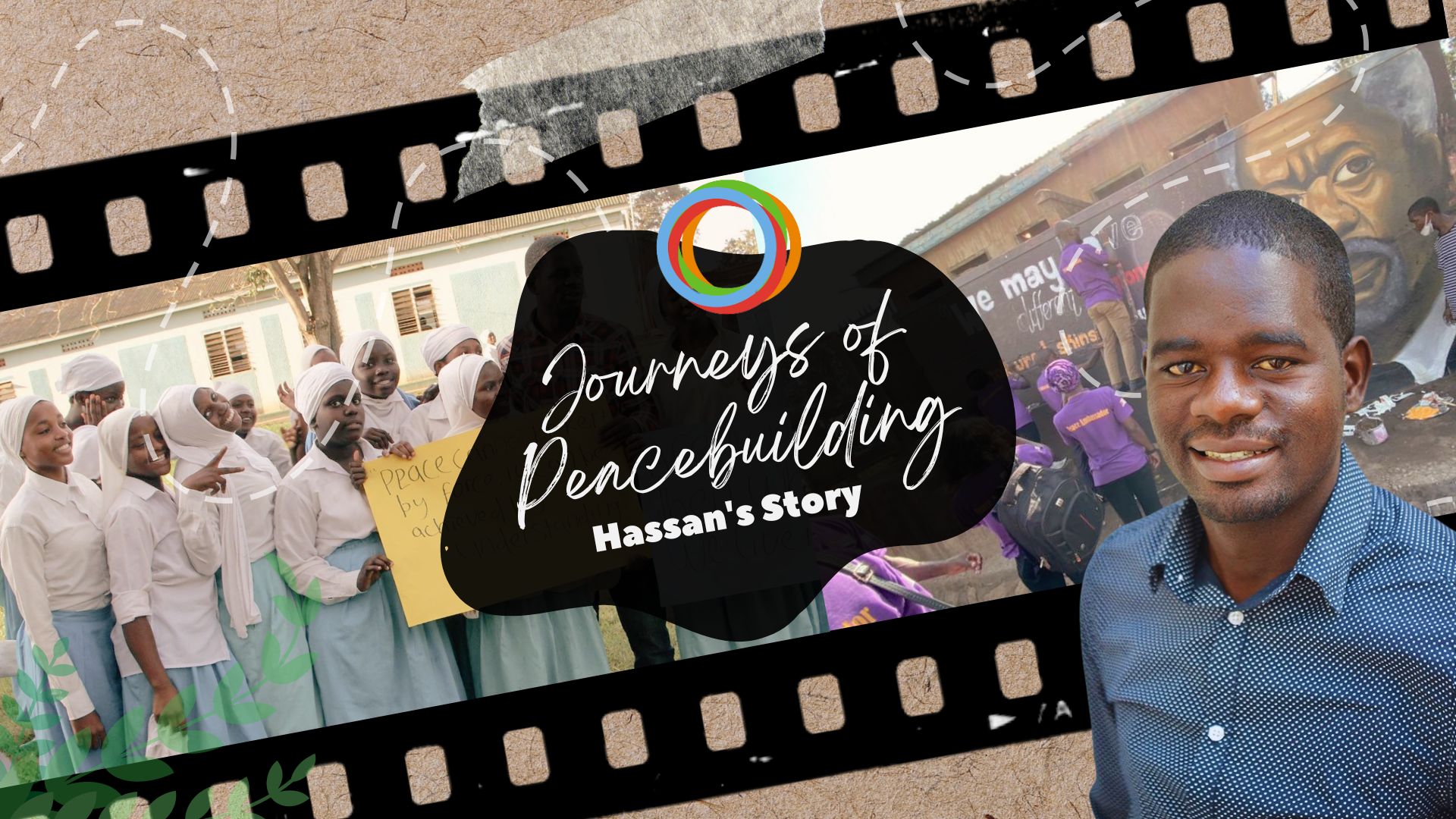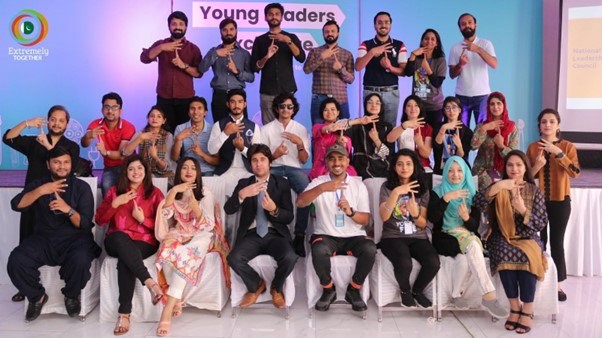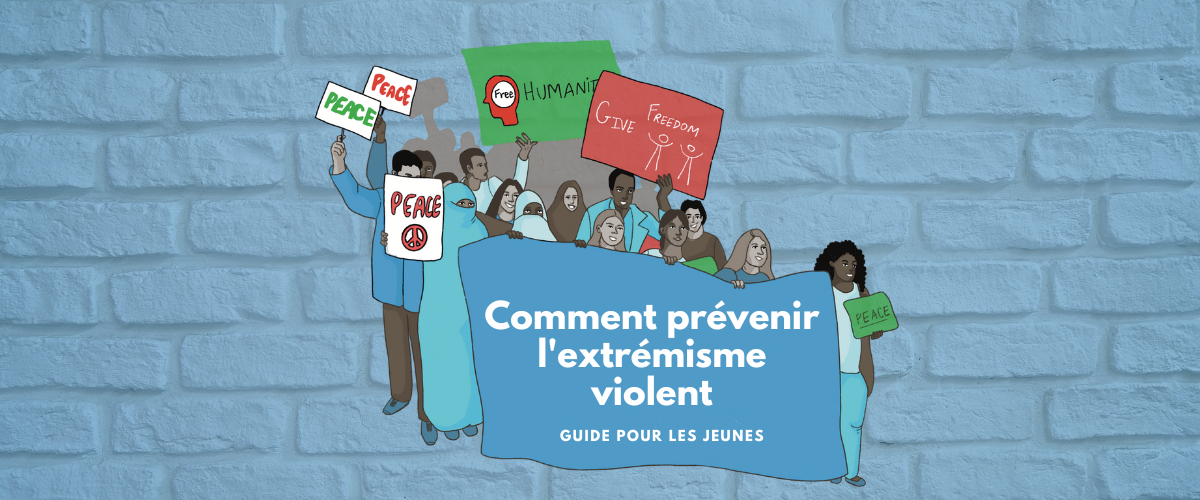Creating unified communities: Young peacebuilders from South and Southeast Asia tell us how
As part of the “Leading the way to Peace – Youth Together for Social Cohesion” project, young peacebuilders from the Philippines, Pakistan and Bangladesh researched violent extremism in urban South and Southeast Asia and ways to support youth-led initiatives in preventing violent extremism.
In May 2021, the project partners, the Kofi Annan Foundation’s Extremely Together initiative, KRIS in the Philippines, CYAAD in Pakistan and GCERF in Bangladesh, with the financial support of the European Union, gathered to discuss how the research findings from South and Southeast Asia can support innovative solutions and youth-led activities to foster tolerance and peace.
Young peacebuilders tips for creating unified, cohesive communities:
Bridging away from silos
Increasing hate speech and polarised debates on political topics, especially online, tend to reinforce peoples’ views by getting these same opinions echoed back repeatedly. This echo chamber phenomenon tends to create silos in a society of people with similar points of view. while reducing cross-pollination between different people and opinions. For violent extremist groups, gaining buy-in within isolated groups who share common ideals and refuses to listen to others is easier. Research has shown that engaging and having connections with diverse groups helps to counter and prevent violent extremism.
To bridge existing silos off- and online, young people have used creative solutions to bring together groups from different communities. In Lyari, Pakistan, a battle joined rappers from different communities to rap about why they want peace for their communities. In Lahore, Peshawar, and Karachi, interreligious tours of holy sites and interfaith sports events across Pakistan have given people the space to learn about each other and dispel religious narratives that promote violence.
More localised listening
Young people often have a very nuanced view of the drivers and impacts of violent extremism in their communities. These valuable insights should be harnessed to gain an in-depth understanding of individuals’ hopes and dreams and why some people may be more vulnerable to turn to violence than others.
In the Philippines, young peacebuilders have taken a grassroots approach, partnering with local youth organisations to organise training on violent extremism, its drivers, and ways to prevent it. After the training, some young people are offered seed grants to bring their innovative ideas to life. Projects include a social enterprise to teach farming to former combatants, a peace hub where young people can learn music and discuss their aspirations, storybooks on countering violent extremism for preschool students and voters’ information campaigns for the upcoming elections.
History for everyone, including everyone
It is said that “the victors write history”, but this represses the stories and history of those with different backgrounds. Violent extremist groups use a piecemeal approach to history and religion to convince people of their narratives. Paying attention to ‘alternative histories’ allows people to understand all perspectives and make informed decisions.
In Bangladesh, young people have advocated for a reciprocal collaborative attitude, especially within their educational institutions. The aim is to enable young people to speak about their views and histories more comfortably, fuelling healthy debates. Bangladeshi youth are pushing for adaptation of the educational system to break taboos and develops platforms to raise young peoples’ voices rather than silencing them. By creating an open environment, people from all religions and ethnic backgrounds have the opportunity to flourish and collaborate.
How YOU can create positive change:
Feeling inspired by the young people working for peace in Pakistan, Bangladesh, and the Philippines? To create positive change and prevent violent extremism, keep in mind the three “U’s”:
1. Understand Local Narratives – find out which narratives and political semantics are used in the specific context, which norms govern peoples’ actions and which local violent extremist actors exist.
2. Use a Youth Participatory Approach – include communities in your decision-making and have feedback loops that include the community to inform your programming.
3. Undertake Sustainability Efforts – efforts to prevent violent extremism must be continuous. Start by thinking of entrepreneurial solutions to sustain your efforts and a longer-term plan.
Get the ‘three U’s’ infographic
***
This article summarises some of the insights presented during the online event ‘Building Peace in the City – Experiences from South and Southeast Asian Youth’ on 26 May 2021.
Find more information about the webinar and the full recording here.
The speakers:
- Syed Ali Abbas Zaidi, Extremely Together Young Leader and Campaign Manager of Extremely Together Pakistan.
- Arizza Nocum, Extremely Together Young Leader Philippines and President of KRIS,
- Pitom Mustafi, Monitoring and Evaluation Advisor at Rupantar, Bangladesh
Moderated by: Fatima Zaman, Extremely Together Young Leader
Follow Extremely Together and our work on Facebook, Twitter, and Instagram.




